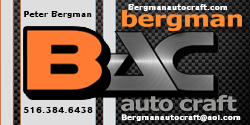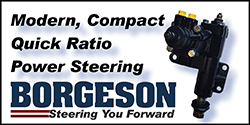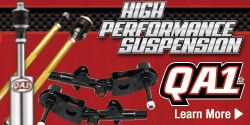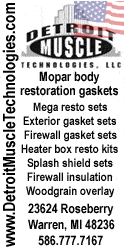As noted, the poly bushings reuse the old metal sleeve. But, and this is a big deal, the poly bushings MUST fit tightly into to old sleeve. They should not be loose, and they should not move around easily. The fit between the poly LCA bushings and the old sleeves is obviously a slip fit, but it should require a decent amount of effort and grease to get them into place. If it doesn't, they don't fit right. You should have to force them into place. It doesn't take a press, but you should have to grease the crap out of them and lean into it. Keep in mind too that if you check the fit of the bushings without the pins in place you get a different fit, the pivot pins expand the poly bushings a little when they're installed. So the tight fit is with the poly bushings in the shells and the pins installed in the bushings. Not just the bushing sitting in the shell without the pin.
The problem with the poly bushings is that not all the old sleeves are the same, the tolerances weren't that important on the inside of the shell with the OE rubber bushings and of course not all the replacement rubber LCA bushings are identical to the OE ones anyway.
If the poly bushings are installed correctly (meaning they fit right!) they work great and have less play than stock. If they're installed improperly, are loose, or aren't greased really well you'll have issues. You can't just slap them in and have them work right if the fit is wrong. They also work much better with adjustable strut rods, because they are different than rubber bushings and you need to be able to adjust the LCA position to compensate.
Other than stock style rubber bushings, you can also buy Delrin LCA bushings from Peter Bergman. They don't use a sleeve at all, so they're better than the poly bushings and stiffer than the rubber ones.

















